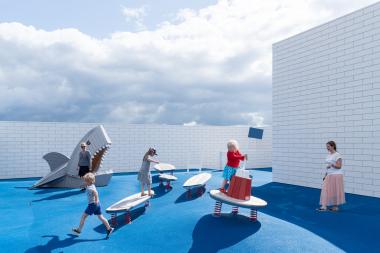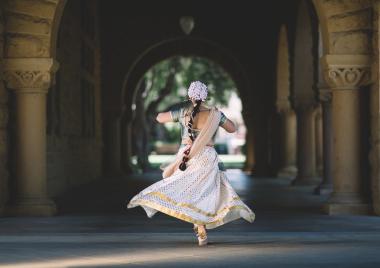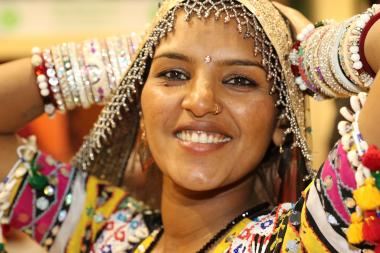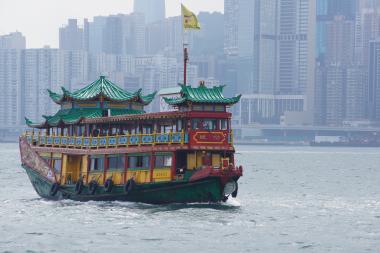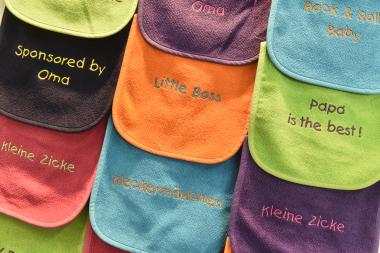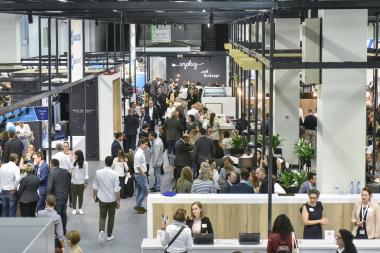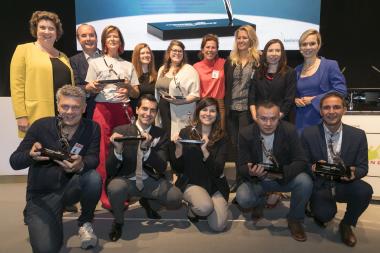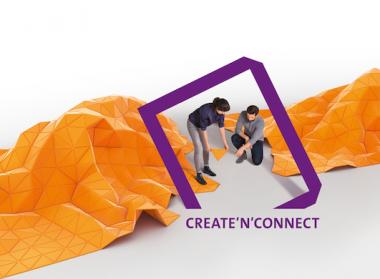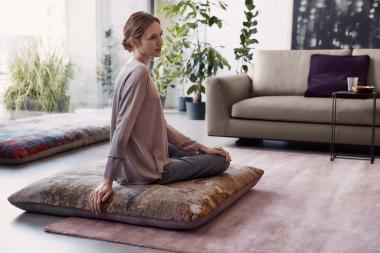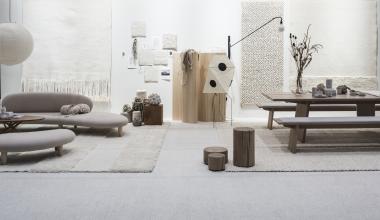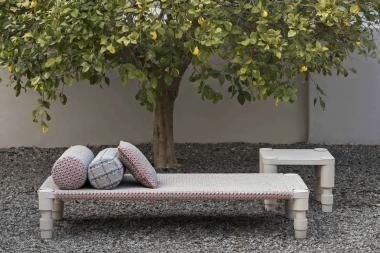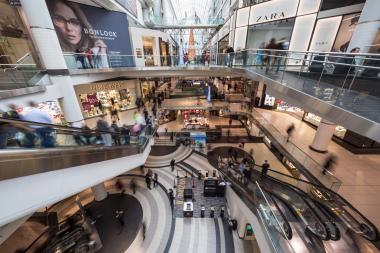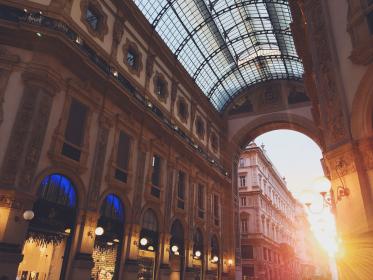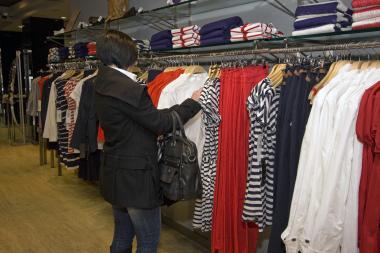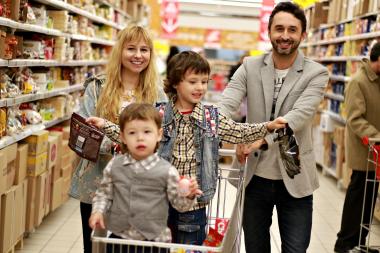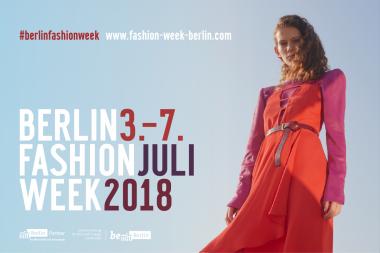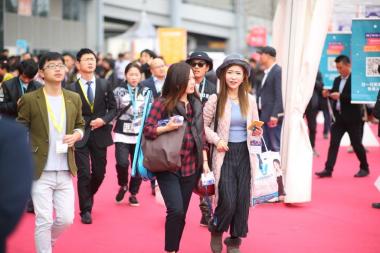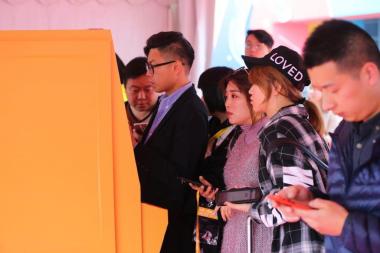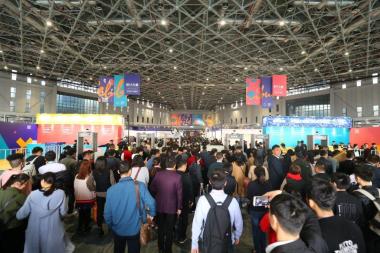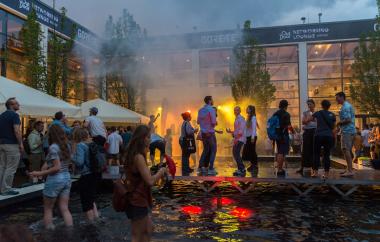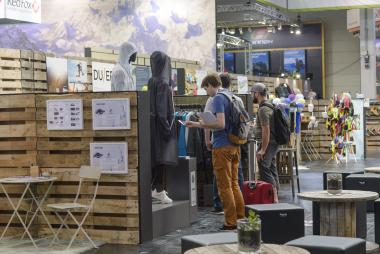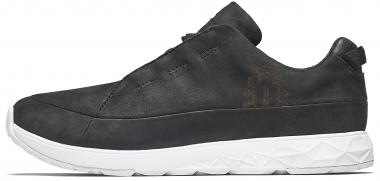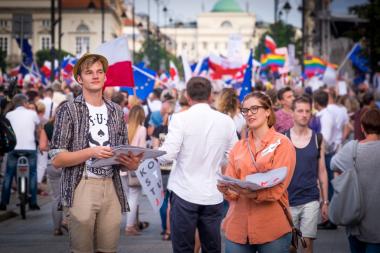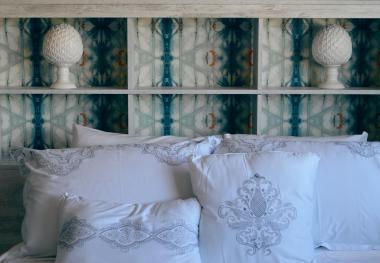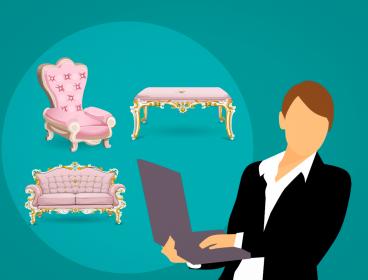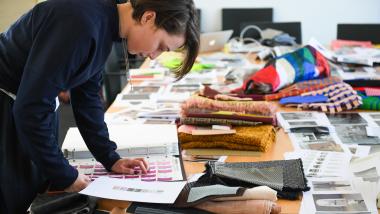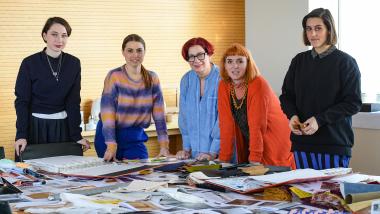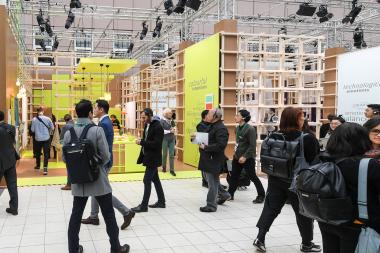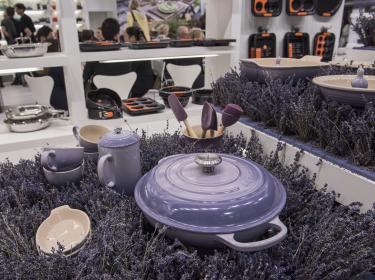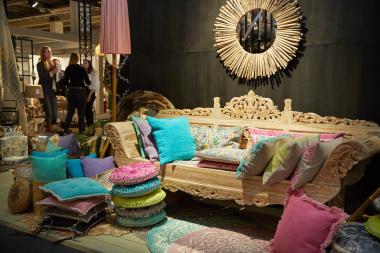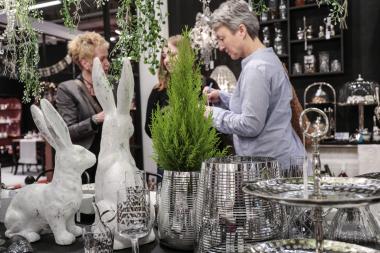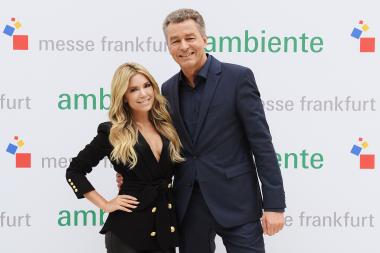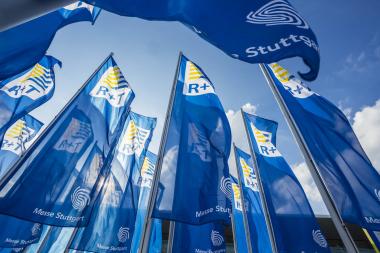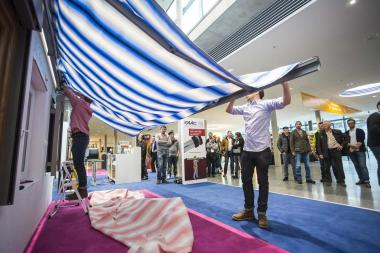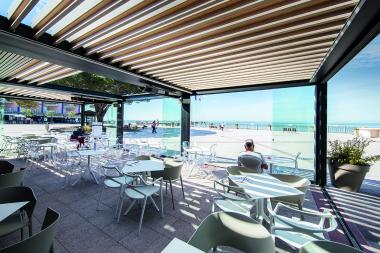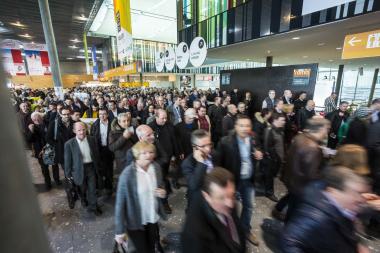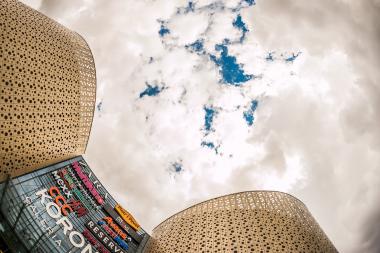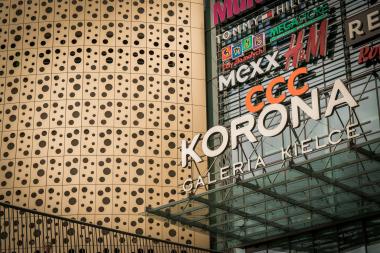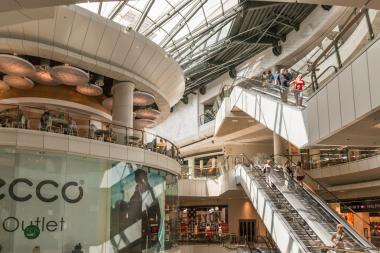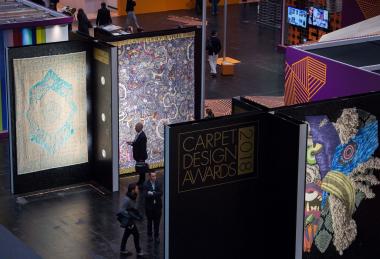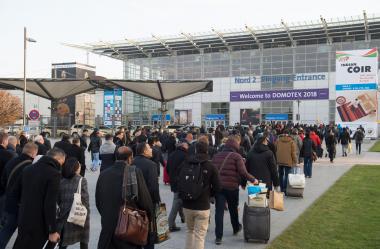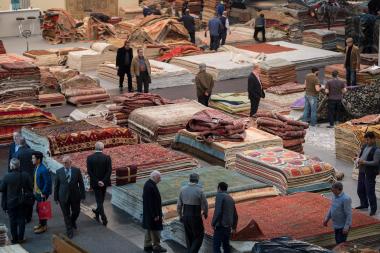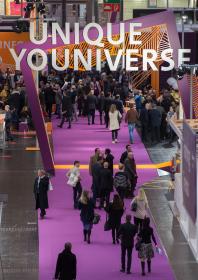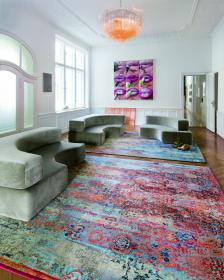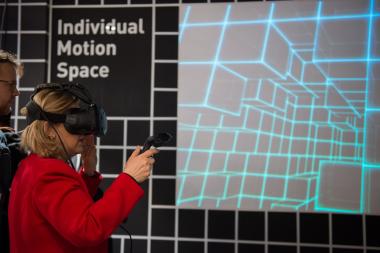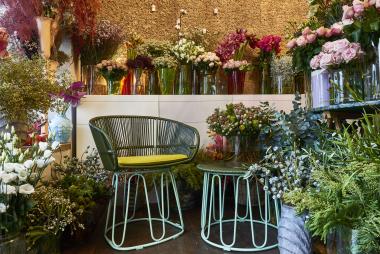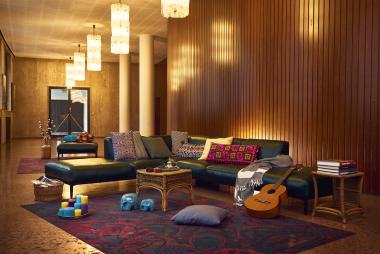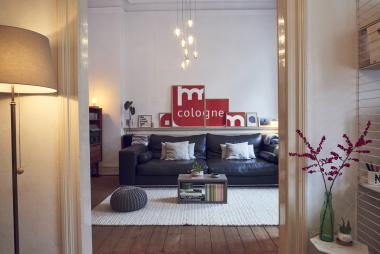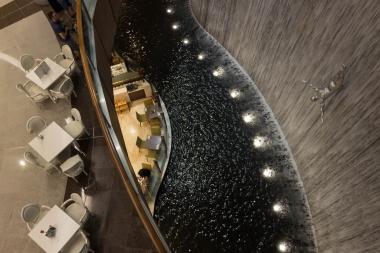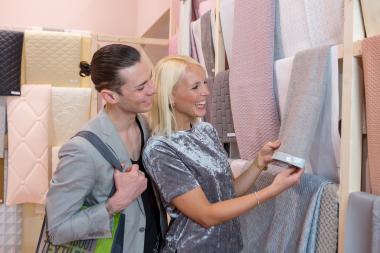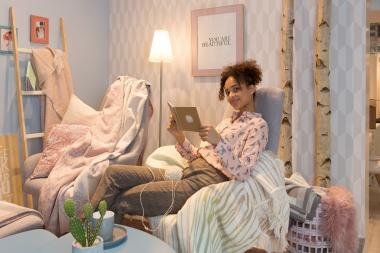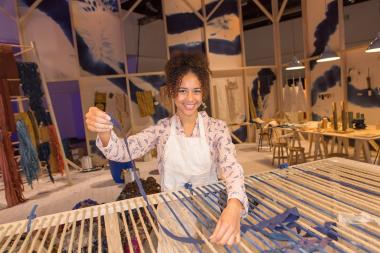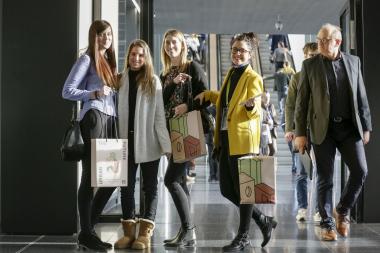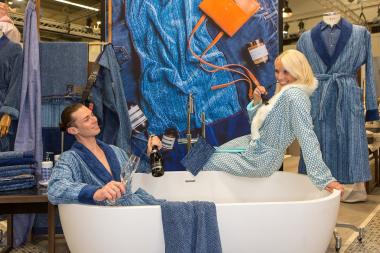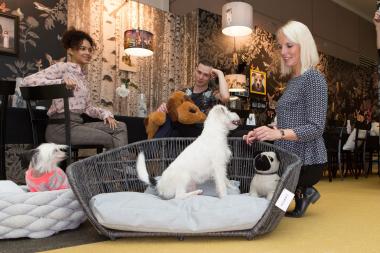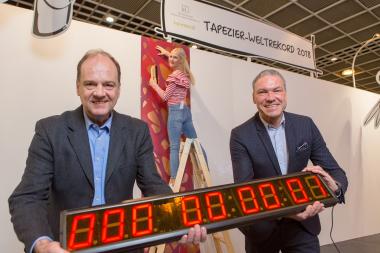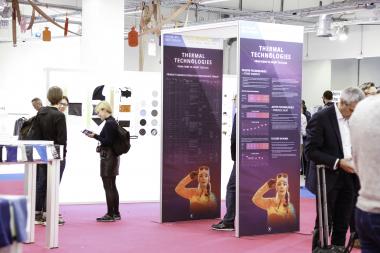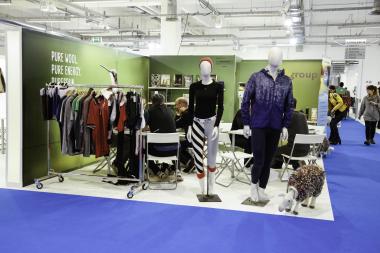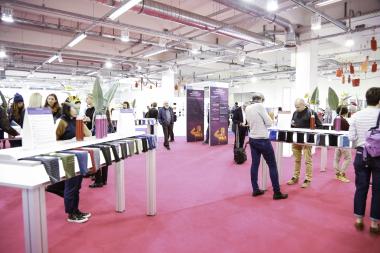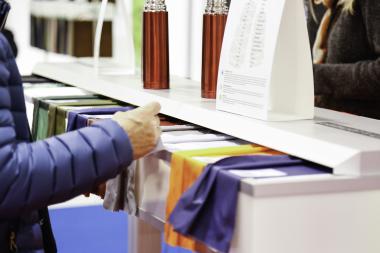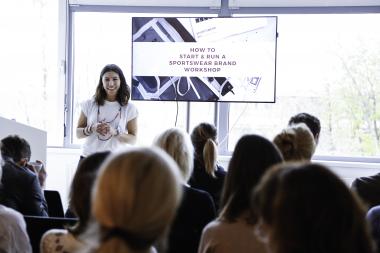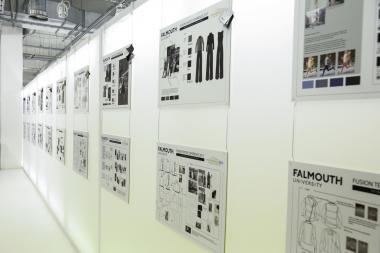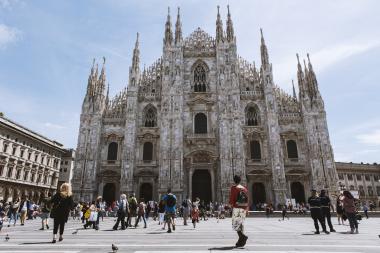“TOWARD UTOPIA”: HEIMTEXTIL PRESENTS THE DESIGN TRENDS FOR 2019/2010
With “Toward Utopia”, Heimtextil is setting the course for the new trend season 2019/2020. As part of the official Heimtextil Trend Preview on 4 September 2018 in Frankfurt am Main, London-based studio FranklinTill presented the design themes for the upcoming international trade fair for home and contract textiles (8-11 January 2019).
In addition to the British trend researchers, Anne Marie Commandeur from the Stijlinstituut Amsterdam and Anja Bisgaard Gaede from SPOTT Trends & Business also participated in the forecast for perspectiverelated interior design, which applies globally. Together with the Heimtextil management team, they provided initial insights into future style worlds. Stefan Weil from Atelier Markgraph, the studio that designs the spatial staging of Heimtextil trends, gave a preview of the new “Trend Space' and emphasised the importance of spatial communication for Heimtextil.
The Heimtextil trends 2019/2020 describe a world in which we live according to new standards. We try to escape complex lifestyles and have a desire for deeper relationships, spiritual confirmation and greater meaning. “We live in an era of uncertainty and mistrust in the established order. As a reaction, we try to live a meaningful, conscious life based on positive relationships. We take responsibility for our lives and look for ways of life that fulfil our value system in search of a new utopia – a society that aims at promoting the well-being of all its citizens”, explains Caroline Till, co-founder of FranklinTill Studio. The search for new lifestyles in which mindfulness and sustainability play an important role will be the challenge of the coming decades.
“Toward Utopia” shows which individual routes we can take on the way to finding a modern utopia: those who seek temporary time-out from the internet to reconnect with nature and defy the elements (“Go off-grid”), while others escape from the real world into a virtual world (“Escape Reality”). Some withdraw and find security in pure, minimalist rooms (“Seek Sanctuary”). “Embrace Indulgence” offers a nostalgic answer to today’s uncertain times and surrounds us with beauty and luxury. And the unconditional hedonistic desire for play (“Pursue Play”) is probably hidden in all of us.
„Trend Space“ in hall 3.0
In the newly designed “Trend Space” in hall 3.0, Heimtextil will be demonstrating how the various scenarios can be lived out. Here, the trade fair presents five trend themes that represent a combination of inspiration, interaction and knowledge transfer and showcases trailblazing projects and design initiatives. The “Trend Space” also presents current colour trends. The immersive staging on site and the Trend Book, which is available as of now, document the poetic properties of colour as well as its inspiring, artistic and aesthetic power in design.
‘The new “Trend Space” at Heimtextil convinces with interactive and tactile worlds of experience. Visitors are playfully inspired, involved and motivated to get to grips with futuristic, spatial design concepts’, says Olaf Schmidt, Vice President Textiles & Textile Technologies at Messe Frankfurt, looking ahead to the future. ‘This creates a comprehensive picture of the design of future spaces and we can get some answers to the questions of how we will interact, consume, live and work in the future’, continues Schmidt.
An overview of Heimtextil trends 2019/2010:
PURSUE PLAY
In an era of uncertainty, political instability and environmental problems, we satisfy our need for optimism and creativity with play. Playing helps us to find meaning in the midst of chaos and turbulent times. Designers thus playfully focus on uninhibited, tactile interactions and experiments. Daring, cheeky product, room and fashion designs are loosened up with a touch of humour. Shapes and colour palettes take on a surrealistic note and the concept of L’art pour l’art once again commands attention. The use of rich primary colours is playful and naive, while the combination of high-gloss and matt textures creates a palatable visual appeal. Abstract forms, bold play with patterns and exuberant textures challenge us to be imaginative and invent our own stories.
SEEK SANCTUARY
In the midst of our intense, hyper-connected everyday life, more and more people are looking for ways to “cut off” all connections – for utopian havens of peace amidst all the noise. They retreat to urban oases where they can switch off to find relaxation, a new perspective and clarity. However, this essentialism does not mean that we have to categorically reject products. Rather, is it about the targeted search for and appreciation of design pieces and concepts that are simple, beautiful, functional and high quality. The combination of a minimalist colour palette with carefully selected structural details, curvy shapes and upholstery gives rise to comfort and warmth.
GO OFF-GRID
The search for a new closeness to nature leads to a hankering for experiences beyond a networked everyday life. It is an attempt to live more naturally, to return to the origins of humanity and to live in harmony with nature – and not against it. It is about cross-border experiences in remote locations, supported by high-tech survival equipment. The combination of hard-wearing technical aspects of outdoor textiles and workwear requires a sophisticated, utilitarian aesthetic and promises durability and functionality. Colours and patterns inspired by nature celebrate the supposed “imperfection” of the natural.
ESCAPE REALITY
A new utopia can be rooted in both the digital and the real. The potential of virtual and extended reality blurs the boundaries between fantasy and reality. We are working on a technology that enables deeper and more lasting experiences in daily life. Shimmering, iridescent surfaces have a transformative and optimistic quality, are transformed by movement and create a fleeting, intangible form of motion. Mother-of-pearl effects and high gloss create a unique dynamic in designs that seem to achieve the impossible by appearing fluid and in suspension as a solid form that could literally dissolve at any time. Ethereal combinations of light pastel shades create a surrealistic, hyper-real mood.
EMBRACE INDULGENCE
High-quality materials and rich colours, a modernist style and solid craftsmanship combine to form a utopian vision of the future of luxury. In a modern age marked by uncertainty, we look back through rose-tinted glasses to earlier epochs, remember the comfort of the good old days, long for security and surround ourselves with a calm, inviting aesthetic. Cleverly combined, honest materials, creatively implemented ideas and simple opulence form a new kind of comfort as well as give rise to intimacy and a sense of tangibleness.
Messe Frankfurt Exhibition GmbH





